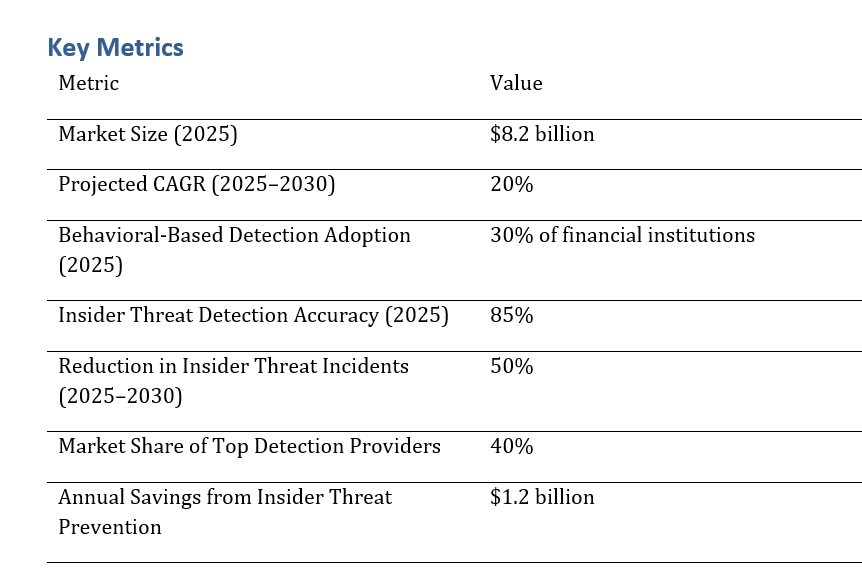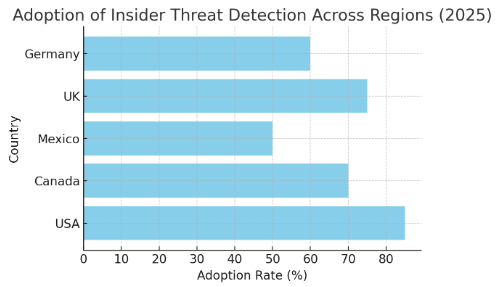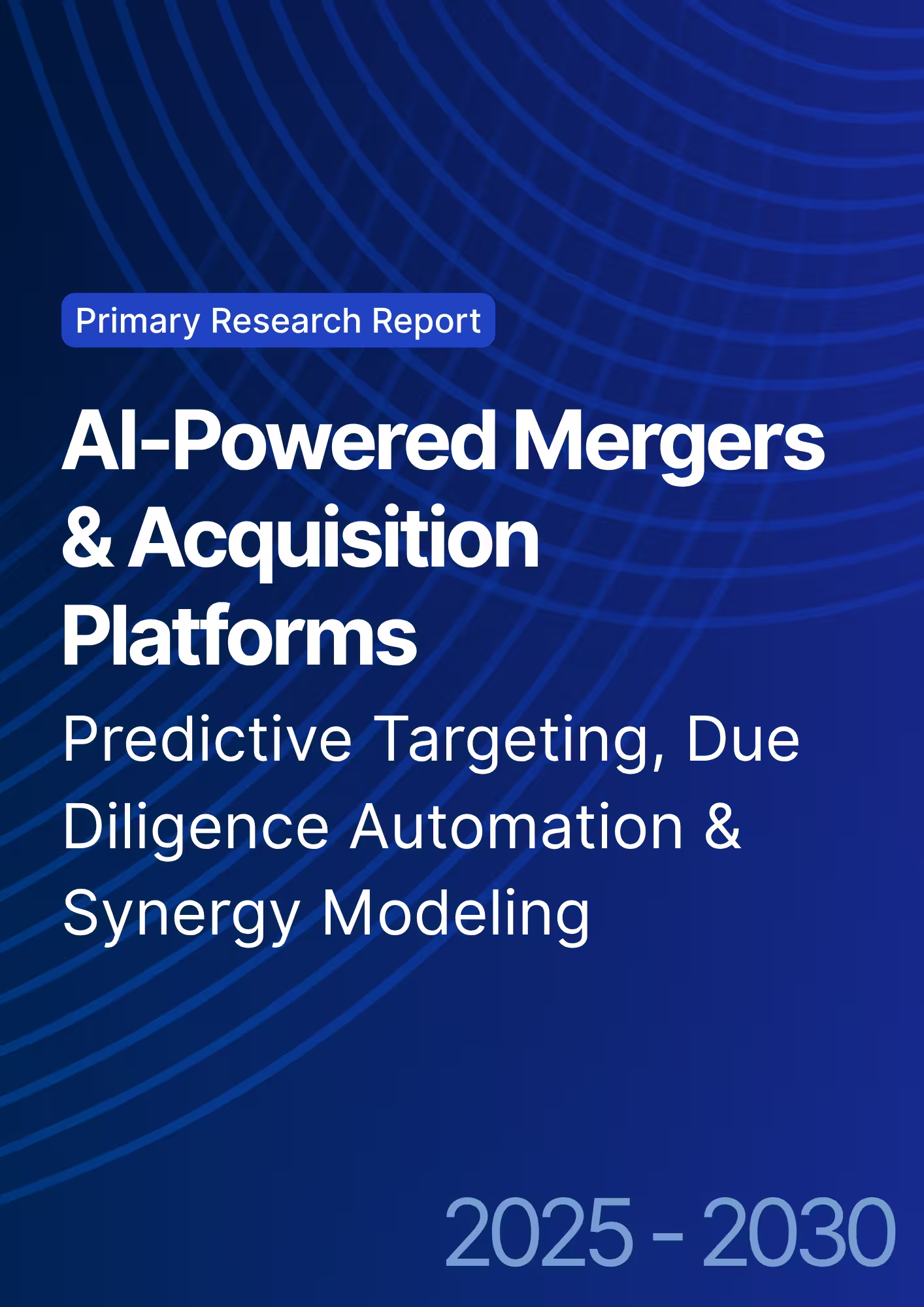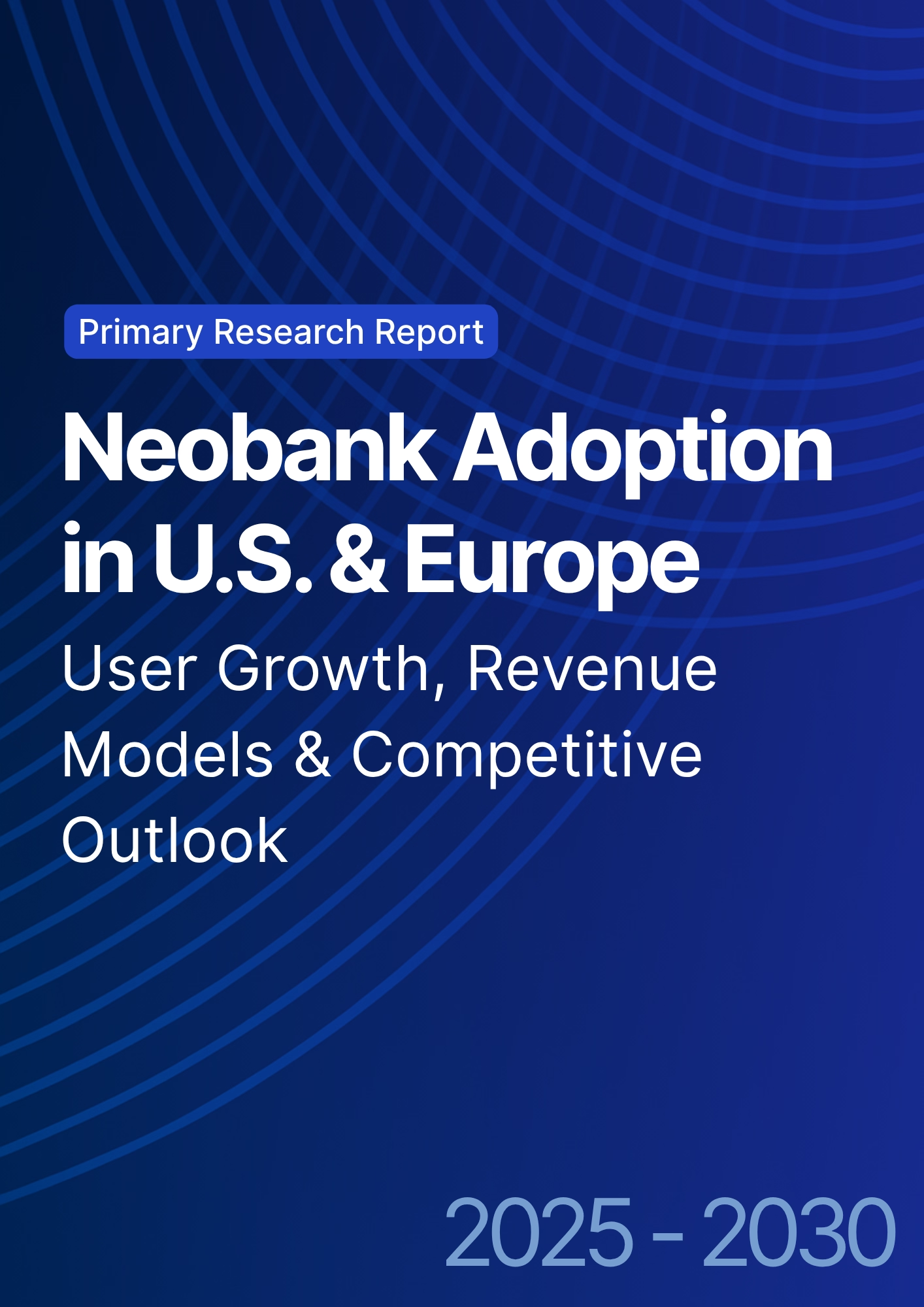

68 Circular Road, #02-01 049422, Singapore
Revenue Tower, Scbd, Jakarta 12190, Indonesia
4th Floor, Pinnacle Business Park, Andheri East, Mumbai, 400093
Cinnabar Hills, Embassy Golf Links Business Park, Bengaluru, Karnataka 560071
Connect With Us
Behavioral-Based Insider Threat Detection in Banking: Pattern Recognition & Prevention Frameworks - Risk Assessment
Behavioral-based insider threat detection is becoming central to banking security, using pattern recognition and machine learning to spot and prevent threats from within organizations. The global market for such detection solutions is expected to reach $8.2 billion by 2025, growing at 20% annually through 2030, with rapid adoption in North America’s financial sector. These advanced systems enable banks to detect anomalous behaviors, enhance prevention frameworks, and safeguard sensitive financial data against insider risks.

What's Covered?
Report Summary
Key Takeaways
- Behavioral-based insider threat detection systems are crucial for identifying and preventing malicious activities by insiders in the banking sector.
- By 2025, 30% of North American financial institutions are expected to adopt behavioral-based insider threat detection systems.
- The accuracy of behavioral-based detection systems is projected to reach 85% by 2025, significantly reducing false positives and missed threats.
- Insider threat detection systems are expected to reduce insider-related incidents by 50% between 2025 and 2030.
- The market for insider threat detection solutions is projected to grow to $8.2 billion by 2025, driven by increasing adoption of machine learning and AI technologies.
- Top insider threat detection providers will capture 40% of the market share, thanks to advancements in pattern recognition and data-driven analytics.
- Annual savings from the prevention of insider threats will reach $1.2 billion by 2025, as financial institutions implement more advanced detection systems.
- The use of pattern recognition and machine learning models will significantly improve risk mitigation, with a 45% increase in effective threat prevention by 2030.

a. Market Size & Share
The market for insider threat detection systems is growing rapidly, with the global market expected to reach $8.2 billion by 2025, growing at a CAGR of 20% from 2025 to 2030. This growth is driven by increasing concerns over insider threats in the financial sector and the need for more sophisticated security systems to mitigate these risks.
In North America, financial institutions are adopting behavioral-based detection solutions at a rapid pace, with a projected 30% adoption rate by 2025. These systems leverage machine learning and pattern recognition to identify suspicious activities and provide real-time alerts, improving the overall security posture of financial institutions.
Insider Threat Detection Market Growth (2025-2030):

b. Market Analysis
Behavioral-based insider threat detection is becoming a critical security measure for banks and financial institutions. These systems are powered by AI and machine learning, enabling them to identify and analyze patterns of behavior that indicate potential insider threats. By using historical data, behavioral trends, and real-time monitoring, these systems can detect abnormal activities, reducing the likelihood of insider fraud or data breaches.
The banking industry is expected to invest heavily in these technologies, with annual savings of $1.2 billion from preventing insider threats by 2025. Furthermore, the growing regulatory scrutiny around data security is pushing institutions to adopt more advanced threat detection systems to ensure compliance with security regulations such as GDPR and PCI DSS.
AI Adoption Rate in Insider Threat Detection (2025-2030):

c. Trends and Insights
Key trends in behavioral-based insider threat detection include the growing reliance on machine learning models that can evolve with new data and identify even the most subtle indicators of insider threat. The integration of AI-powered behavioral analytics is allowing financial institutions to detect suspicious patterns and predict potential threats before they occur.
The implementation of these systems is also expected to improve compliance with regulatory frameworks, as they automate the identification of potential violations and alert authorities in real-time. These systems are particularly valuable in reducing the risk of financial fraud and data theft, both of which have become major concerns for banks and financial institutions.
d. Segment Analysis
The banking sector, particularly financial institutions and large banks, are the primary adopters of behavioral-based insider threat detection systems. These systems are used to monitor employee activities and identify deviations from normal behavior that could indicate a potential threat.
Smaller banks and credit unions are beginning to explore the benefits of these systems, though adoption rates are lower due to the higher upfront costs and complexity of implementation. However, as the cost of AI technology continues to decrease, these systems are expected to become more accessible to smaller institutions.
e. Geography Analysis
In North America, the USA leads the adoption of behavioral-based insider threat detection systems due to its large financial sector and high concentration of technology-driven banking institutions. Canada and Mexico are also adopting these solutions, but at a slower pace.
Financial institutions in the USA are expected to lead the charge in AI adoption for insider threat detection, while Canada is expected to follow closely behind due to the regulatory pressures and growing cybersecurity concerns in the financial sector.
Adoption of Insider Threat Detection Across Regions (2025):

f. Competitive Landscape
The competitive landscape for behavioral-based insider threat detection is dominated by major cybersecurity firms such as McAfee, Palo Alto Networks, and FireEye, which offer comprehensive AI-powered solutions for threat detection and risk management. These companies are leveraging machine learning and behavioral analytics to create advanced threat detection systems tailored to the banking and financial sectors.
Emerging startups, such as Varonis and ObserveIT, are also gaining traction by offering specialized solutions that focus on insider threat detection and data security. These companies are pushing innovation in the space and are often more agile and cost-effective compared to their larger counterparts.
Report Details
Proceed To Buy
Want a More Customized Experience?
- Request a Customized Transcript: Submit your own questions or specify changes. We’ll conduct a new call with the industry expert, covering both the original and your additional questions. You’ll receive an updated report for a small fee over the standard price.
- Request a Direct Call with the Expert: If you prefer a live conversation, we can facilitate a call between you and the expert. After the call, you’ll get the full recording, a verbatim transcript, and continued platform access to query the content and more.


68 Circular Road, #02-01 049422, Singapore
Revenue Tower, Scbd, Jakarta 12190, Indonesia
4th Floor, Pinnacle Business Park, Andheri East, Mumbai, 400093
Cinnabar Hills, Embassy Golf Links Business Park, Bengaluru, Karnataka 560071
Request Custom Transcript
Related Transcripts
$ 1450
$ 1450


68 Circular Road, #02-01 049422, Singapore
Revenue Tower, Scbd, Jakarta 12190, Indonesia
4th Floor, Pinnacle Business Park, Andheri East, Mumbai, 400093
Cinnabar Hills, Embassy Golf Links Business Park, Bengaluru, Karnataka 560071





.png)







